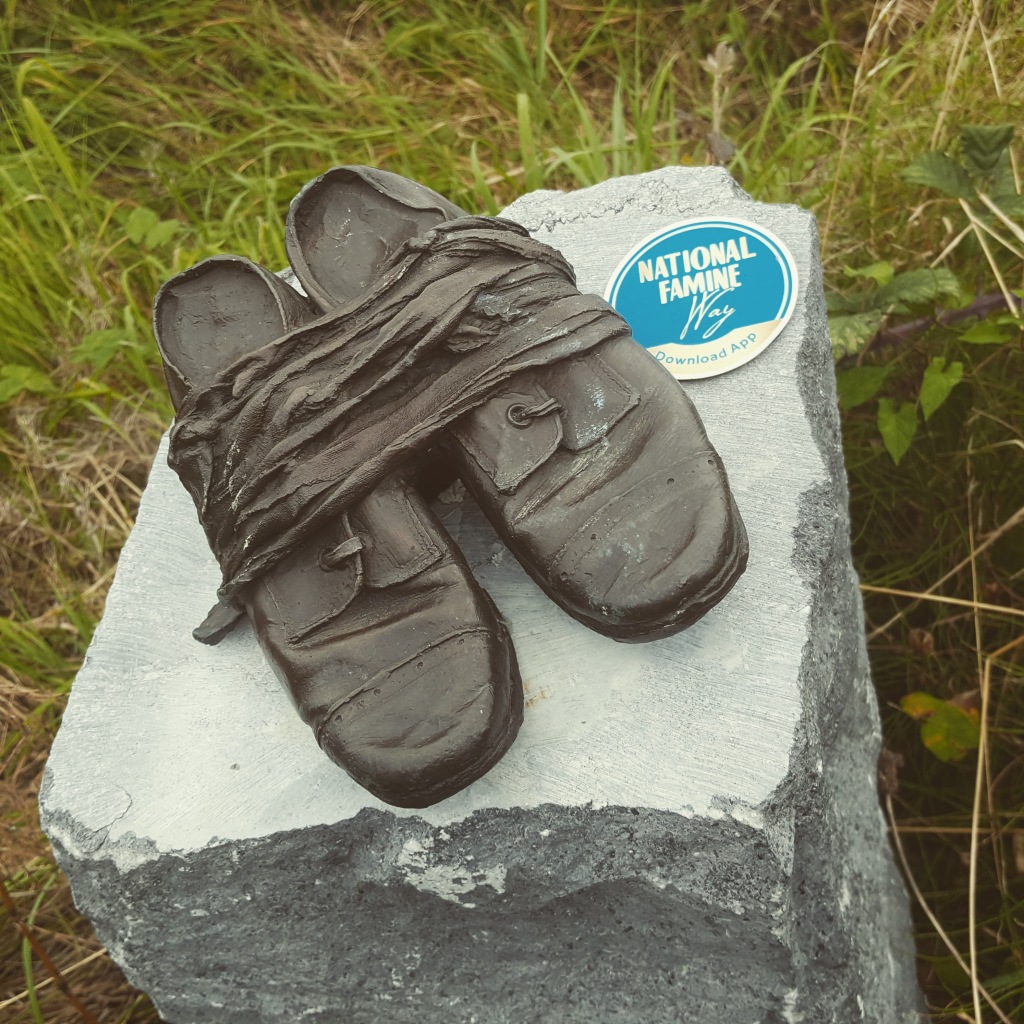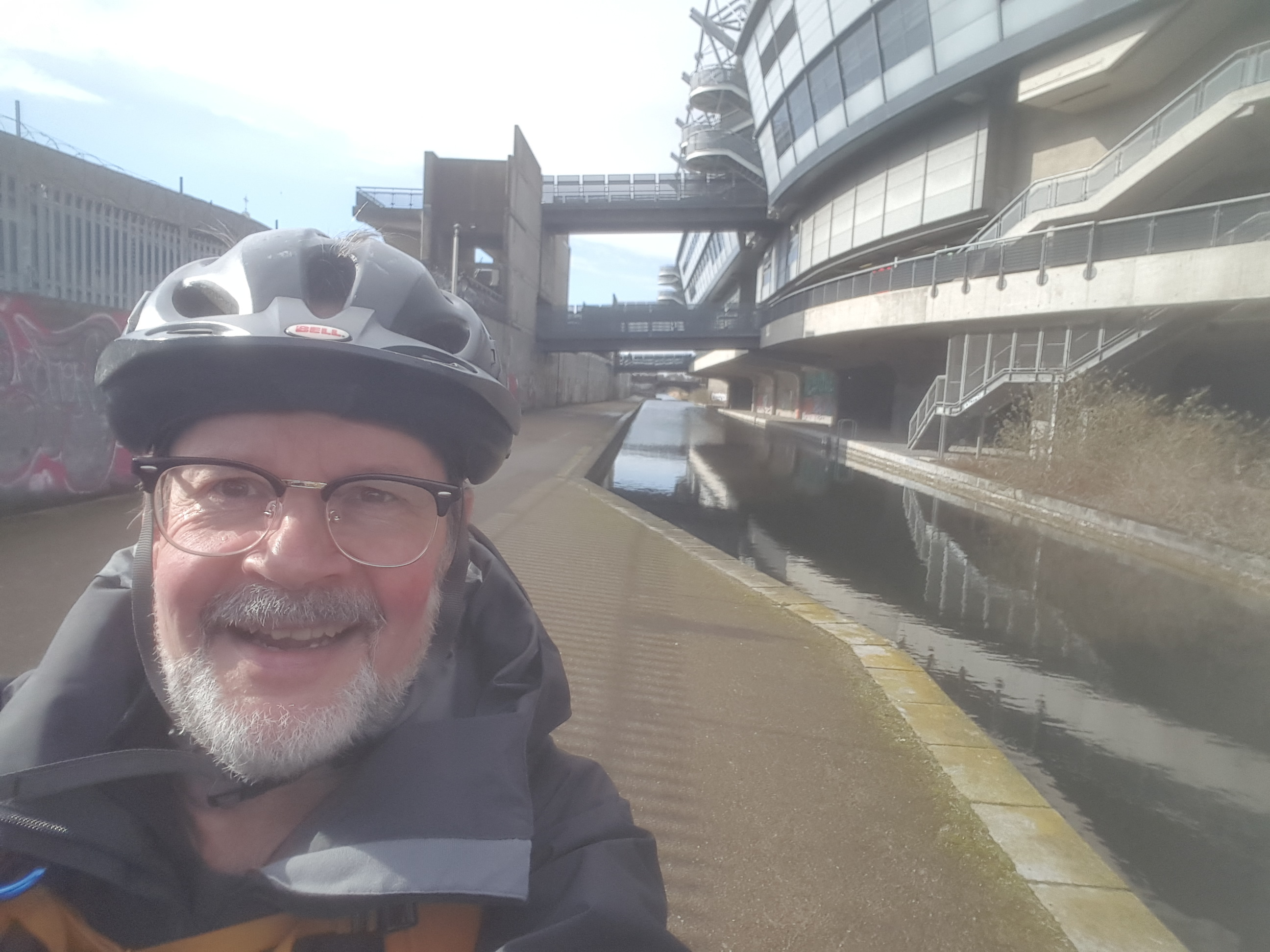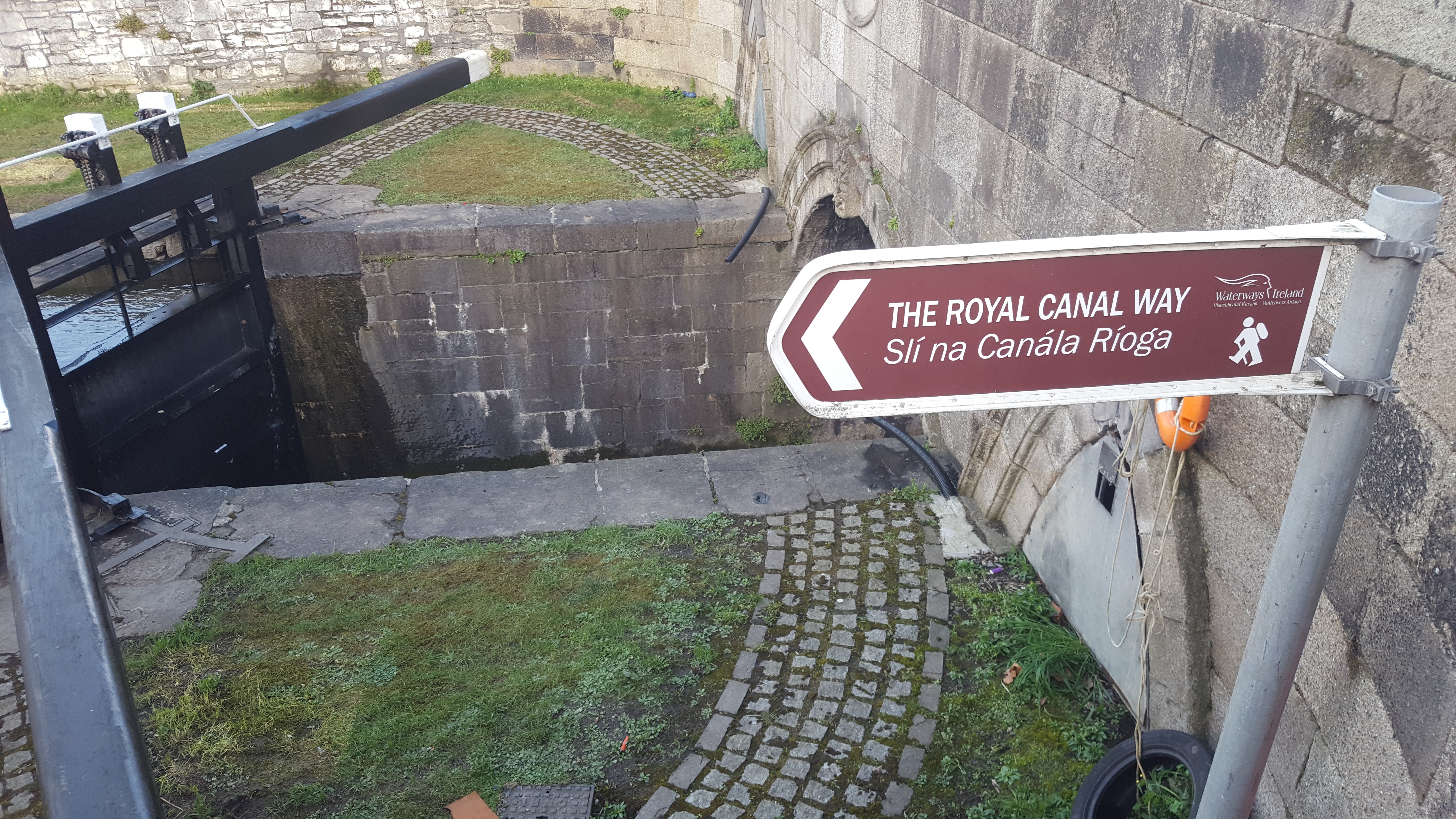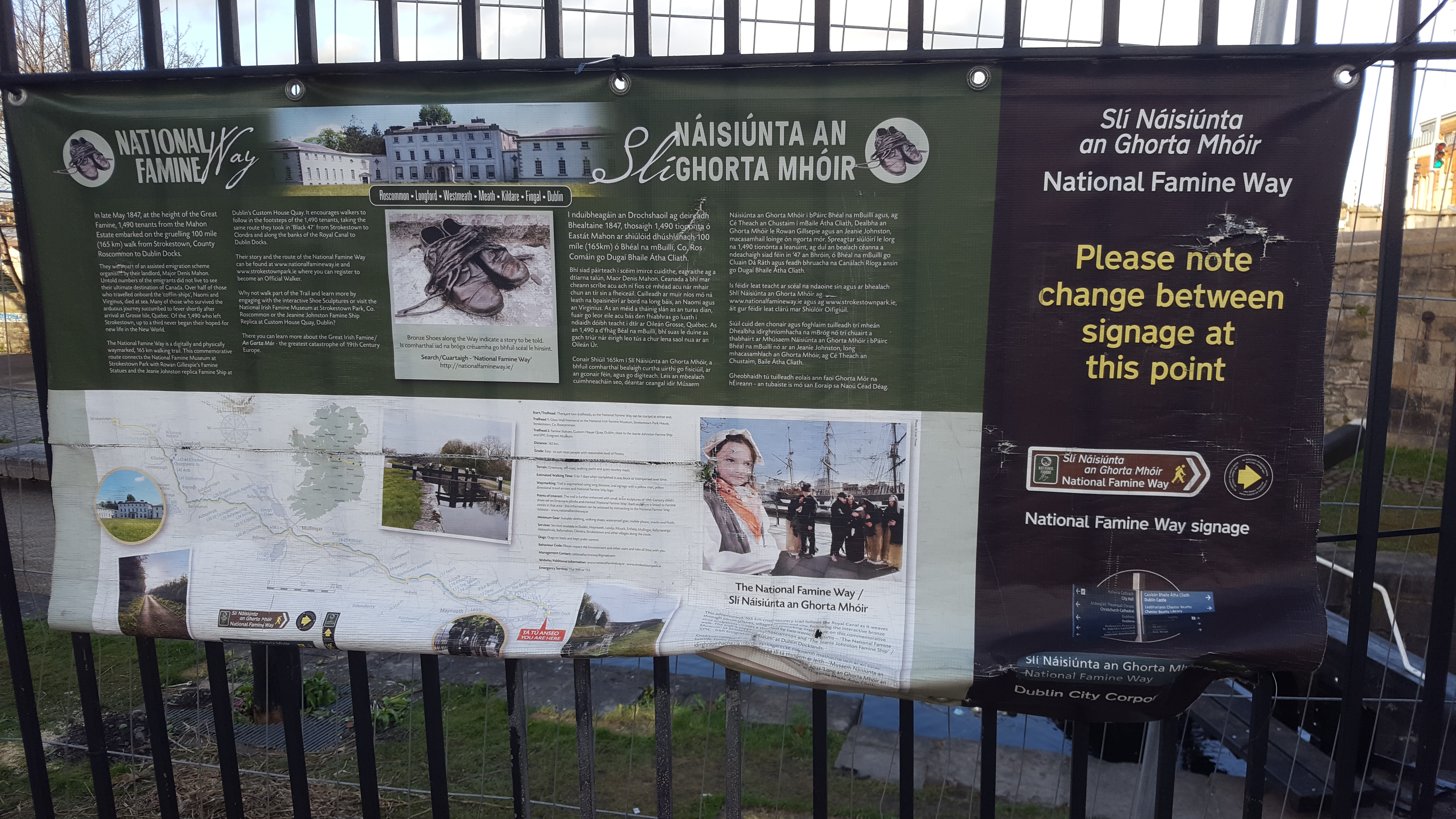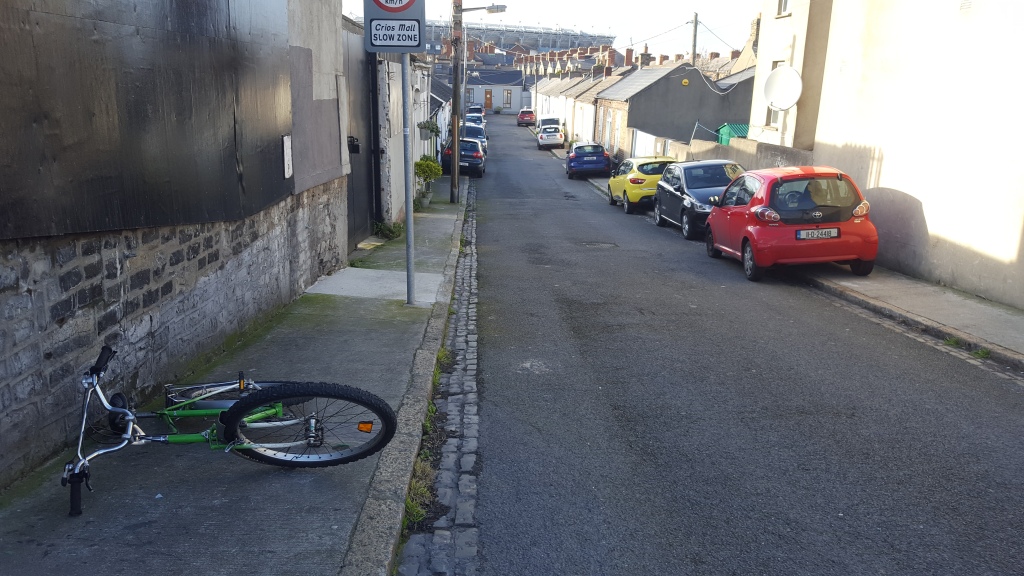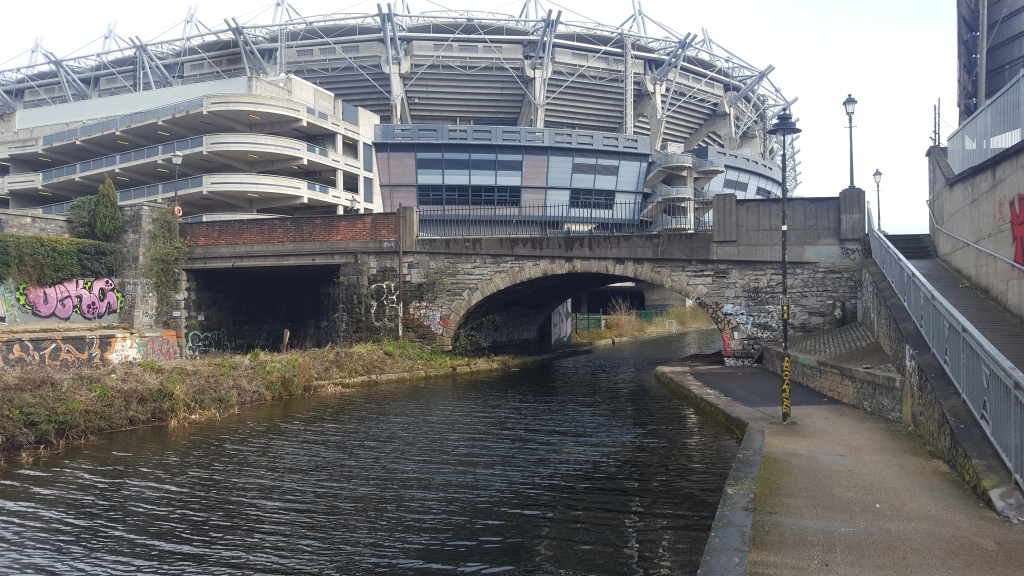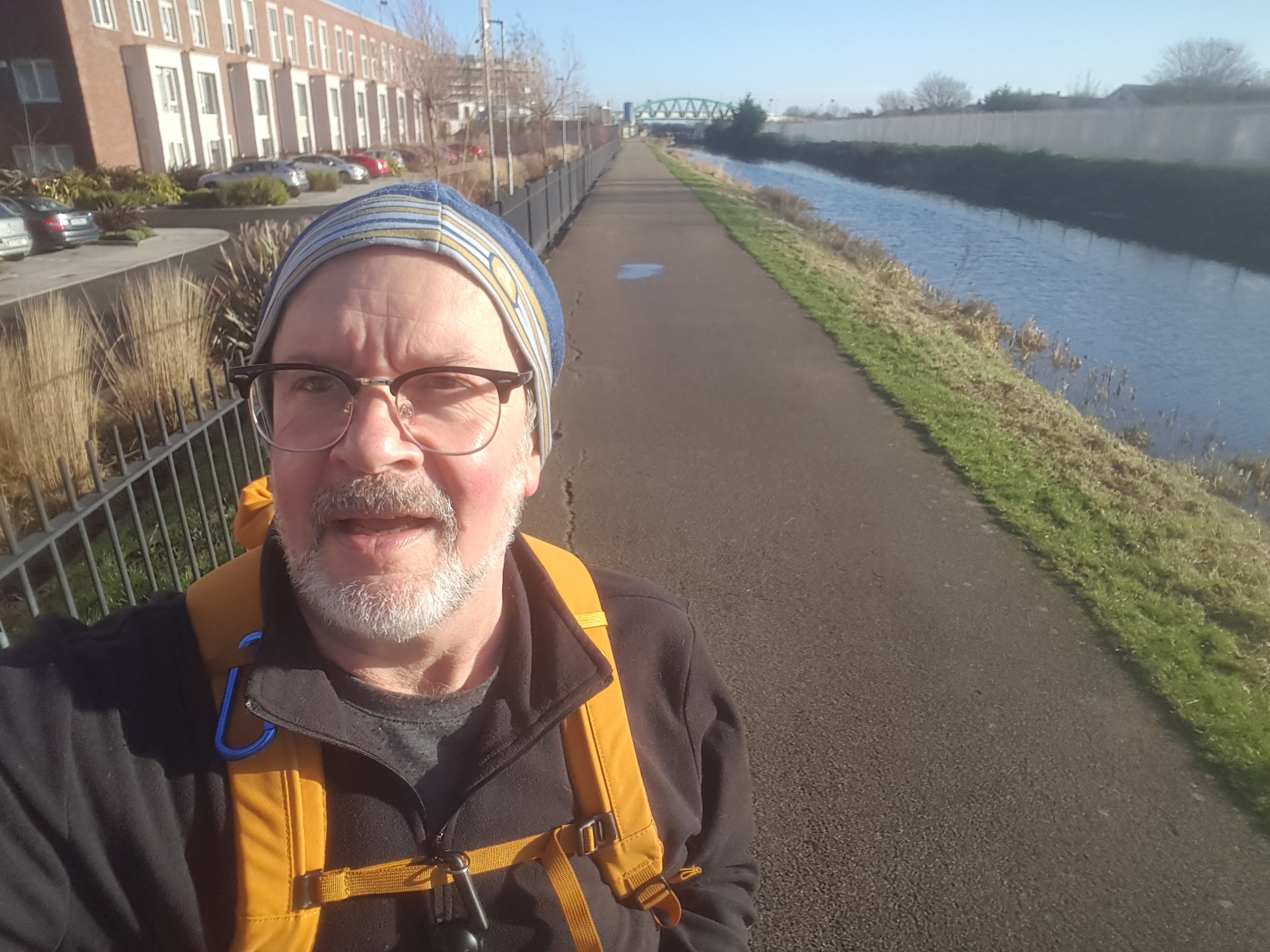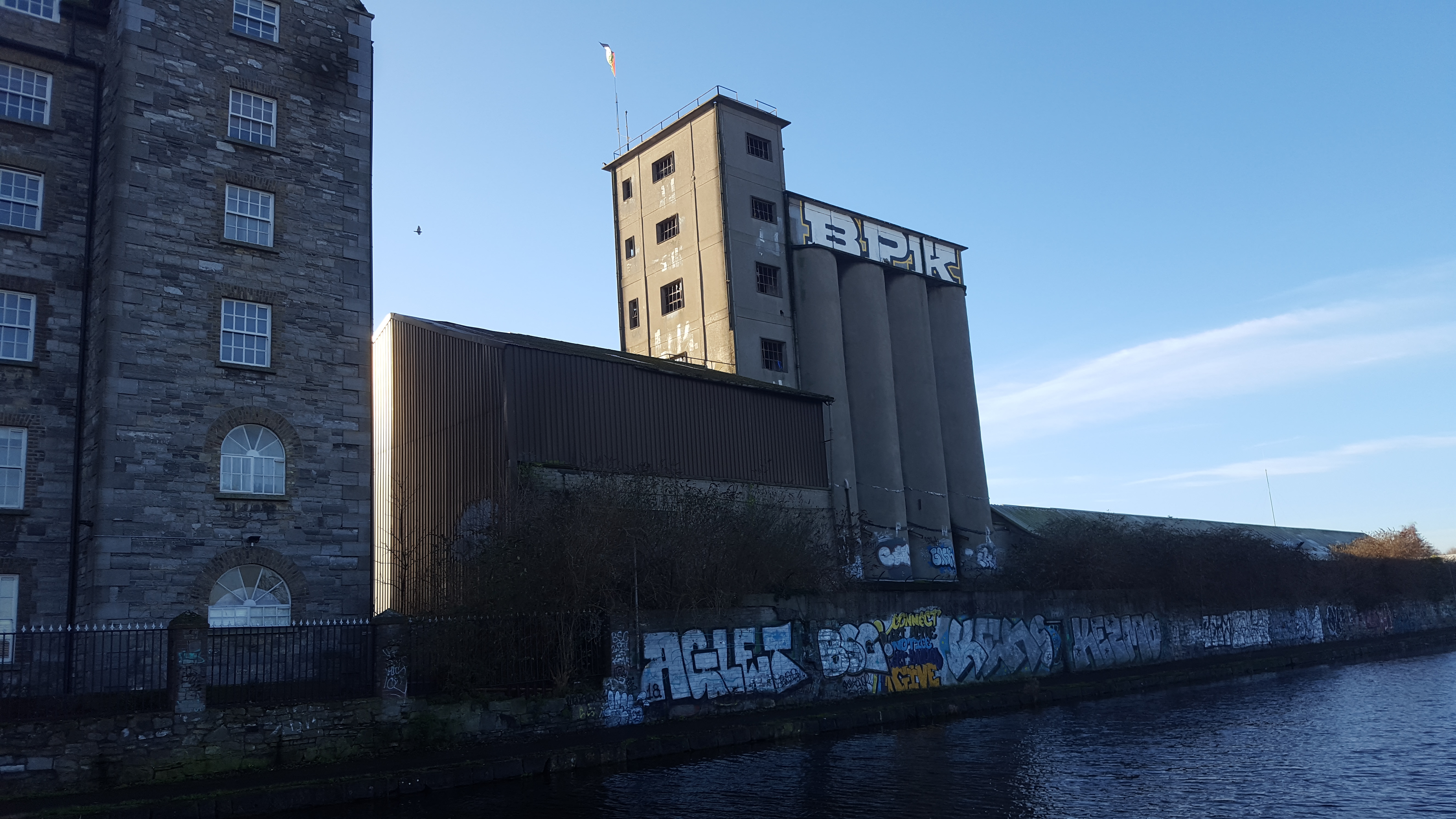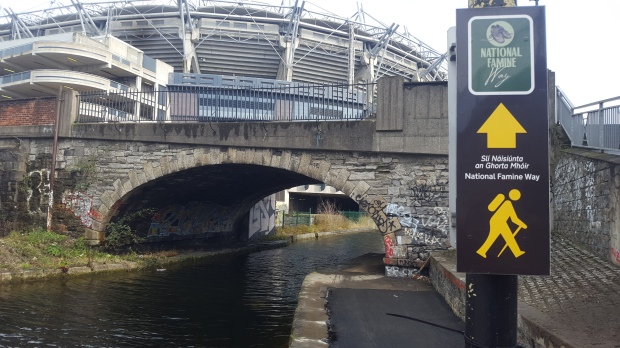
Last fall, when I was at the pilgrimage conference in Virginia, one presentation in particular caught my eye. The title of the paper was: The Fourth Question. It was a perfect hook. Of course I immediately wanted to go to hear that paper. I didn’t even know what the first three questions were. That didn’t matter. All I REALLY wanted to know was what the “fourth” question might be.
When we got to the session, the presenter turned out to be a scholar who had walked to Santiago in Spain back in 1979, when there were not as many people walking it as today. She’d walked it again recently, so she is a Camino veteran. And she said that in her experience, when you’re a pilgrim walking the trail, and you meet someone new, there are, almost inevitably, three questions that come up quickly in conversation, and one question you try to avoid.
The three questions that automatically come up are …… (want to guess?!)
The first question: where are you from?
That makes sense, I guess. It helps situate you. It establishes relations. “Oh, you’re from Canada. I have a sister in law who moved to Toronto….maybe you know her?” That kind of thing.
The second question has to do more with the trail. “Where did you start?” This is a bit more subtle. But having been on the Camino, many of us there knew what she meant. There’s a kind of pecking order among pilgrims, even if there shouldn’t be. If you started at St Jean Pied de Port, you’re doing the long haul. If you started way back in France somewhere, or up in Germany or the Netherlands, and have walked the whole way, then you’re really hard-core. And if you started out from a taxi that morning five kilometres down the road, well then you’re a beginner. So that’s the second question. It helps establish status, I guess. Although maybe that’s not such a good thing, it’s human nature.
So where are you from, and where did you start? The third question, the one that follows, is a bit like the second: “how far are you going?”
This question, she explained, is a bit exploratory as well. Because now you know where the other person is from and how serious they are, you also want to get an idea of where they’re headed. Given the fact that the trail can take over a month to walk, if the other person is going all the way to Santiago as well, then there’s a good chance you’ll bump into each other again. Maybe that would be nice. Maybe after a few minutes of walking together you already know you don’t really want to share days and days more time. Either way, it’s good to know where they’re headed.
And that, she said, is the list of the USUAL questions one pilgrim will ask of another in the first few minutes of polite conversation.
Of course, by that point all of us in the session are waiting on her every word. So? So? What about that fourth question?
“Now. The fourth question we pilgrims normally try to avoid asking each other…” she said, “begins with the word “why“….”
Jesus never ever asks the word why when he meets the disciples of John. It’s interesting. But I think it’s worth noting that he actually DOES ask almost the same thing in other words. When Andrew and the other young man start walking after Jesus, Jesus DOESN’T ask them where they’re from, or how far they’re going. According to John, he says this: what are you looking for?
In other words, why are you walking, here with me?
The WHY ARE YOU HERE question isn’t one that only pilgrims avoid. Sometimes it feels like it’s the one question that we, as a society, are keeping ourselves away from more than anything. Our too-too-busy lives, our 60-inch flat screens, our constantly being plugged into one form of distraction or another, our fixation on celebrities and sports….all of it adds up to an uncomfortable conclusion. If an alien from outer space, or someone from the distant past, were to walk into our world and look around, they might well ask themselves “well it’s clear that these people are trying to avoid something, but what is it?”
Perhaps at least one of the things we’re trying to avoid is this: things didn’t quite turn out like we expected them to. Most of us have been taught that if we try to be good people, and if we make money – a fair bit of money, we hope, and if we have children and buy a house and get a job and take a couple of vacations every year and do well, we’ll be, if not happy, at least content.
And some of us are. But if that script were generally true, then we wouldn’t be drinking too much, and watching an average of four hours of TV a day, and becoming overweight by eating when we’re not hungry, and taking pills for every twinge of depression and anxiety. We’re an overmedicated, underslept, over-stimulated, under-engaged and under-exercised, apathetic, wilfully ignorant and sick society. And because of where we live and how much we make, we’re suffering all this while actually being the most privileged general population in the history of the planet.
For us, the fourth question crosses the polite social fences we set up to protect ourselves. Why are you here? The fourth question represents the moment of risk, which is scary. But it’s also the moment of promise. Why? Because the fourth question is an invitation to relationship. “Why are you here?” (whether to a pilgrim or a friend or neighbor) means, or at least it should mean “I’m asking you this question because I care enough to hear the response. And I will honour it. And I may challenge it. BUT. Asking it will mean that we will walk away from this encounter, at the very least, having made real, human, community in this moment with each other.”
By asking the question “why”, Jesus invites Andrew and the other to contact. And they pick it up by asking Jesus another question. That’s how conversations go. They ask “where are you staying?” But this time Jesus cuts to the chase. It’s no more polite conversation but as Messiah and Lord, an invitation to community: “Come and see”.
Why are we here? is one of those big, existential questions. Maybe it doesn’t have an easy answer. But if we don’t even ask it, we’re avoiding one of the main reasons for being conscious (what they used to call ‘having a soul’). We could do worse than to hear the words of Isaiah: It is too light a thing that you should be my servant to raise up the tribes of Jacob…I will give you as a light to the nations…”
The fourth question is one that, pilgrims or not, we should be asking ourselves and each other more often. Why are you walking this way, this lifestyle, this dream, this job, this home, this retirement, this path? Is there another way to walk? The Lord, who is faithful, the Holy One of Israel, has chosen you. As Jesus says, Come and see. May we hear the question, and the invitation, and follow the fourth question to whatever blessed and challenging places it may lead us.
